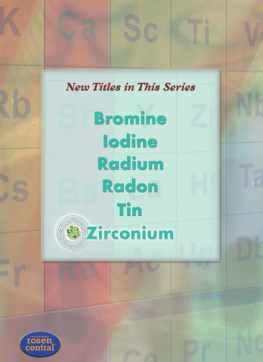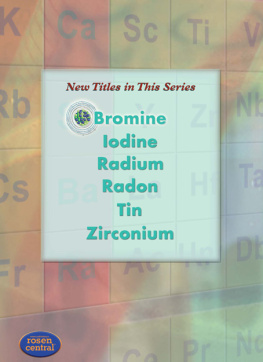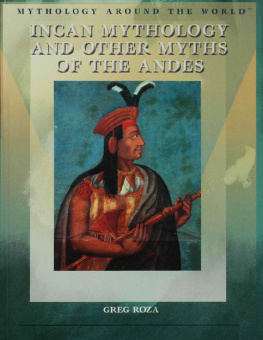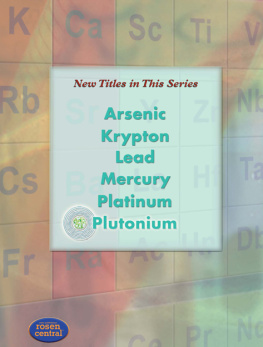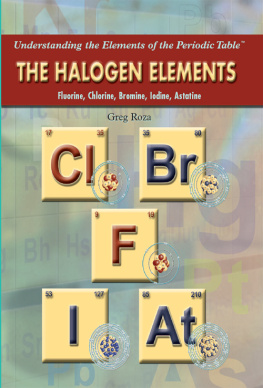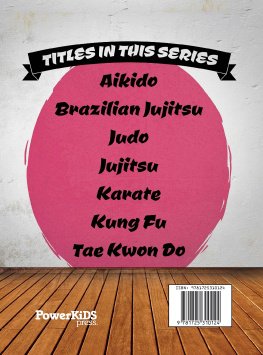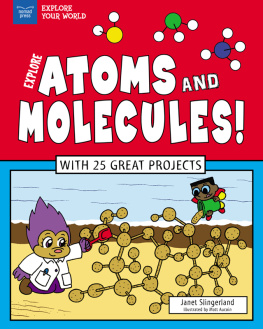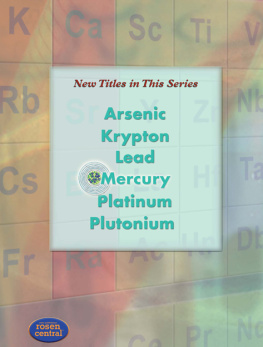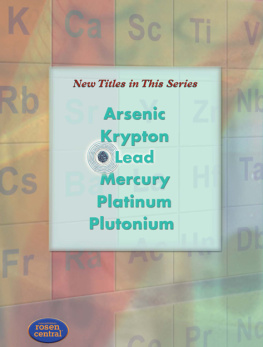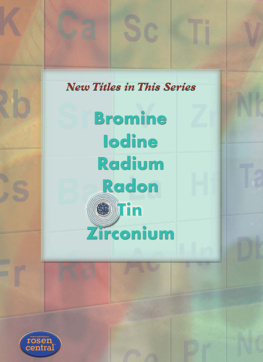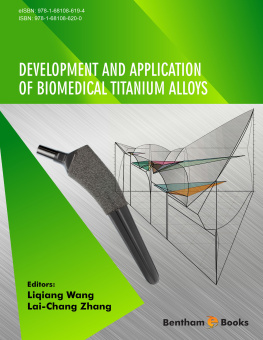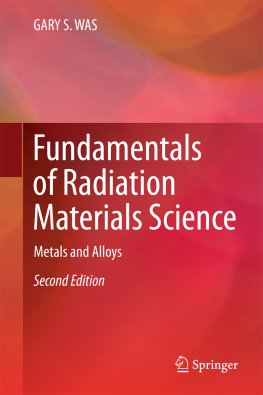Page List

For Steve, Heather, Emily, and Amanda
Published in 2009 by The Rosen Publishing Group, Inc.
29 East 21st Street, New York, NY 10010
Copyright 2009 by The Rosen Publishing Group, Inc.
First Edition
All rights reserved. No part of this book may be reproduced in any form without permission in writing from the publisher, except by a reviewer.
Library of Congress Cataloging-in-Publication Data
Roza, Greg.
Zirconium / Greg Roza.1st ed.
p. cm.(Understanding the elements of the periodic table)
Includes bibliographical references and index.
ISBN-13: 978-1-4358-5070-5 (library binding)
1. ZirconiumJuvenile literature. 2. Periodic lawTablesJuvenile literature. I. Title.
QD181.Z7R69 2009
546.513dc22
2008016584
Manufactured in the United States of America
On the cover: Zirconiums square on the periodic table of elements. Inset: The atomic structure of zirconium.
Contents
H ave you ever wondered how geologists find out how old rocks are? Geologists can take rocks from Earths crust and determine approximately how old they are to within a few hundred thousand years. We are talking about rocks that are millions, even billions, of years old. Knowing a rocks age can help scientists learn more about Earths surface, including how it formed. The element zirconium (chemical symbol: Zr) is one of the most accurate signposts for scientists in determining the age of igneous rocks.
One of the processes scientists use to date minerals is called radiometric dating. Radiometric dating works because of the way radioactive elements decay over periods of time. Radioactive elements decay by giving off very tiny particles and turning into different elements. When scientists know how long it takes for a certain amount of one element to turn into another element, they can estimate the age of a rock containing those two elements. There are several methods of radiometric dating, each based on a different set of chemical elements. You might have heard of radiocarbon dating, which is one of the most commonly used types, but it is seldom used to date rocks. Rocks are too old to be dated by the radiocarbon method.
One of the first methods used to date rocks that are older than one hundred thousand years is called uranium/lead (U/Pb) dating. The element uranium is a relatively abundant, radioactive element in Earths crust. When uranium decays, it eventually turns into lead. This process is very slow. It takes 4.5 billion years for one half of the uranium in a sample to turn into lead. So, if a rock contains the same amount of uranium as it does lead, then it is about 4.5 billion years old.
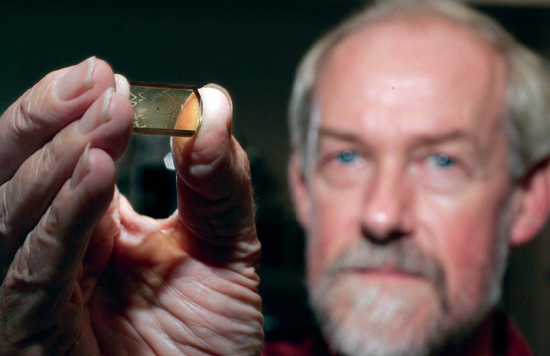
Professor Simon Wilde of Curtin University of Technology in Perth, Australia, holds a speck of zircon (embedded in epoxy) that he found in 1984. The zircon is about 4.4 billion years old, making it the oldest piece of Earth ever found!
You might be wondering how zirconium fits into this process. Zircon (ZrSiO4) is commonly found in volcanic rocks along with uranium. As the uranium forms lead in zircon, the lead distorts the zircon crystal. This can cause the zircon crystal to break, and that allows some of the lead to escape from the rock. If the rock does not contain all the lead formed from the decay of uranium, then the age determined by uranium/lead dating will be wrong.
In 2004, researchers at the University of California, Berkeley, developed a new process for using uranium/lead dating on zircon. The process involves heating zircon crystals to seal their least damaged areas, and then treating the most damaged areas with a strong acid. The sealed areas contain the proper ratio of uranium and lead. The areas treated with acid have had all the uranium and lead removed. The result is a crystal that has the proper uranium/lead ratio. Scientists are therefore able to date zircon-heavy areas with much greater accuracy.
Zircon and other zirconium ores are the preferred choice of scientists when using the uranium/lead dating method. In fact, it is often simply called zircon dating. This is because zircon is a common ingredient in igneous rocks. Zircon is a tough mineral that is not easily altered by erosion and other geological events. Also, it can be easily separated from other minerals that are not as strong.
Improved zircon dating has allowed scientists to more accurately date ancient geological events and mass extinctions. Zircon dating is just one of zirconiums many uses. In this book, we will learn more about this versatile and interesting metal.
P eople have known of and used zirconium-containing minerals for centuries. The earliest known minerals include jargon, jacinth, and hyacinth, which are all forms of zircon, whose chemical name is zirconium silicate (ZrSiO4). The crystals of zircon come in many colors, including green, blue, orange, red, and gold. Ancient cultures, such as the Egyptians and Greeks, used zircon crystals in jewelry. A Hindu legend describes an offering made to an ancient god in the form of a jewel-encrusted tree with green zircon leaves. In the Middle Ages, many people believed zircon aided sleep, promoted riches and wisdom, and warded off evil spirits. Zirconium is also found in nature in the mineral baddeleyite, whose chemical name is zirconium dioxide (ZrO2). Zirconium dioxide crystals are often more brilliant than diamond, although they are also more fragile.
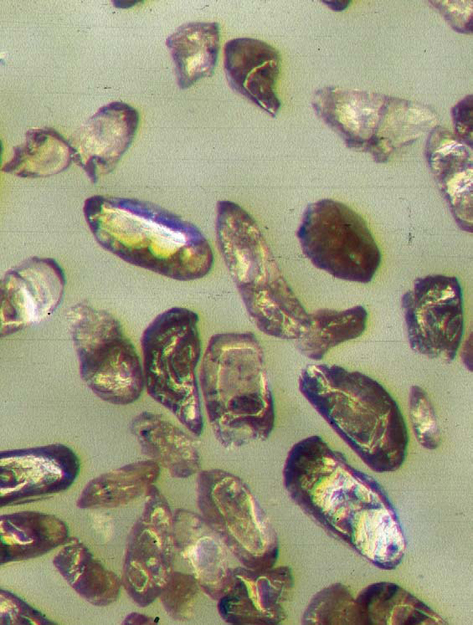
These are zircon crystals as they look when found in Earths crust.
German chemist Martin Heinrich Klaproth (17431817) discovered the element zirconium in 1789. He made the discovery while studying a sample of zircon from Ceylon, today called Sri Lanka. Although many chemists of the time thought it was a form of alumina, Klaproth suspected that the mineral contained a new element. He was able to extract zirconium dioxide from zircon, but he was unable to remove oxygen (O) from the substance. Still, he recognized that he had discovered a new element.
The element zirconium is named after the mineral in which it was discovered, zircon. The word zircon was probably derived from the Persian word zargun, which means golden-colored. Some zircon crystals have a gold color. Klaproth first named the new element Zirkonerde (zircon earth, or zirconia). English chemist Sir Humphry Davy (17781829) suggested the name zirconium in the early 1800s.
In 1824, Swedish chemist Jns Jacob Berzelius (17791848) became the first person to isolate impure zirconium. He heated a mixture of potassium (K) and potassium zirconium fluoride (K2ZrF6) in an iron (Fe) tube. Impure zirconium may contain small traces of oxygen, nitrogen (N), or carbon (C). It is a hard and brittle substance, even when 99 percent pure.
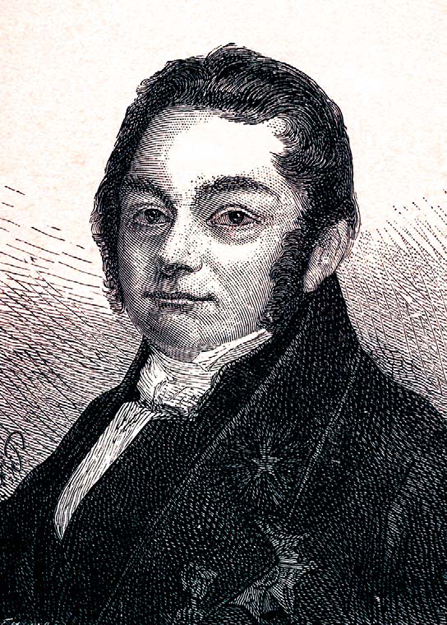
Jns Jacob Berzelius, who isolated impure zirconium, is credited with discovering several elements, including silicon (Si) and thorium (Th).
Martin Heinrich Klaproth, Discoverer of Zirconium
Martin Heinrich Klaproth was born in Germany on December 1, 1743. Today, he is remembered as the greatest German chemist of his time. In addition to discovering zirconium, he also discovered cerium (Ce) and uranium and rediscovered titanium (Ti). He determined the makeup of several compounds that were previously unknown, including several containing the recently discovered elements chromium (Cr), strontium (Sr), and tellurium (Te).

